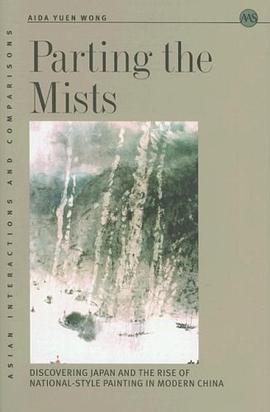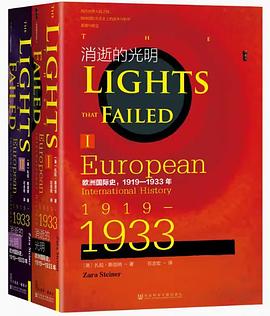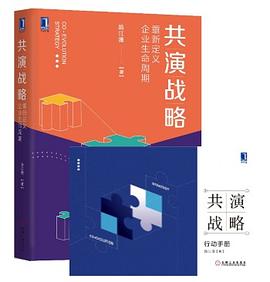内容简介
This text looks at the role of art in the Indian subcontinent and then analyzes early art from the Indus civilization (2000 BC) to the time of Buddha (c.5000 BC). The Mauryan emperor Ashoka (4th century BC), was an important player in the dissemination of Buddhism, using art to this end. A stable economic base and the rise of a mercantile community were important in Buddhism's growth. Inscriptions show that the contributions to pay for art came from housewives, householders, merchants, traders and a range of other "common" people. The vibrant narrative tradition displayed in this art is analyzed. The text goes on to examine the development of the Buddha image and the art of later esoteric Buddhism; the Islamic aesthetic; the art of the Mughal empire; the art and architecture of Rajasthan; and British imperial art and architecture.
......(更多)
作者简介
[美]维迪亚•德赫贾(Vidya Dehejia,1942—)印裔美国人。曾任职于华盛顿哥伦比亚特区史密森尼学会的亚瑟•M.赛克勒美术馆和弗利尔美术馆并担任策展人。目前在哥伦比亚大学担任印度和南亚艺术的讲座教授,已出版《早期佛教艺术论述:印度的视觉叙事》(Discourse in Early Buddhist Art:Visual Narratives of India)和《王的奴隶:泰米尔圣徒之路》(Slaves of the Lord:The Path of the Tamil Saints)等专著。为表彰其在艺术和教育方面的卓越贡献,印度政府于2012年为维迪亚•德赫贾颁发“莲花装勋章”。
......(更多)
目录
......(更多)
读书文摘
他们表现佛陀的生平故事时需要使用可以替代他存在的踪迹来代表他的形象,也因此创造出了一种表现象征与寓意的独特的视觉表达系统。脚印表示他踏过的土地;华盖表示他驻留过的空间;空座位表示他坐下时的所在;而漫长的道路则表示他在行走中。
......(更多)






